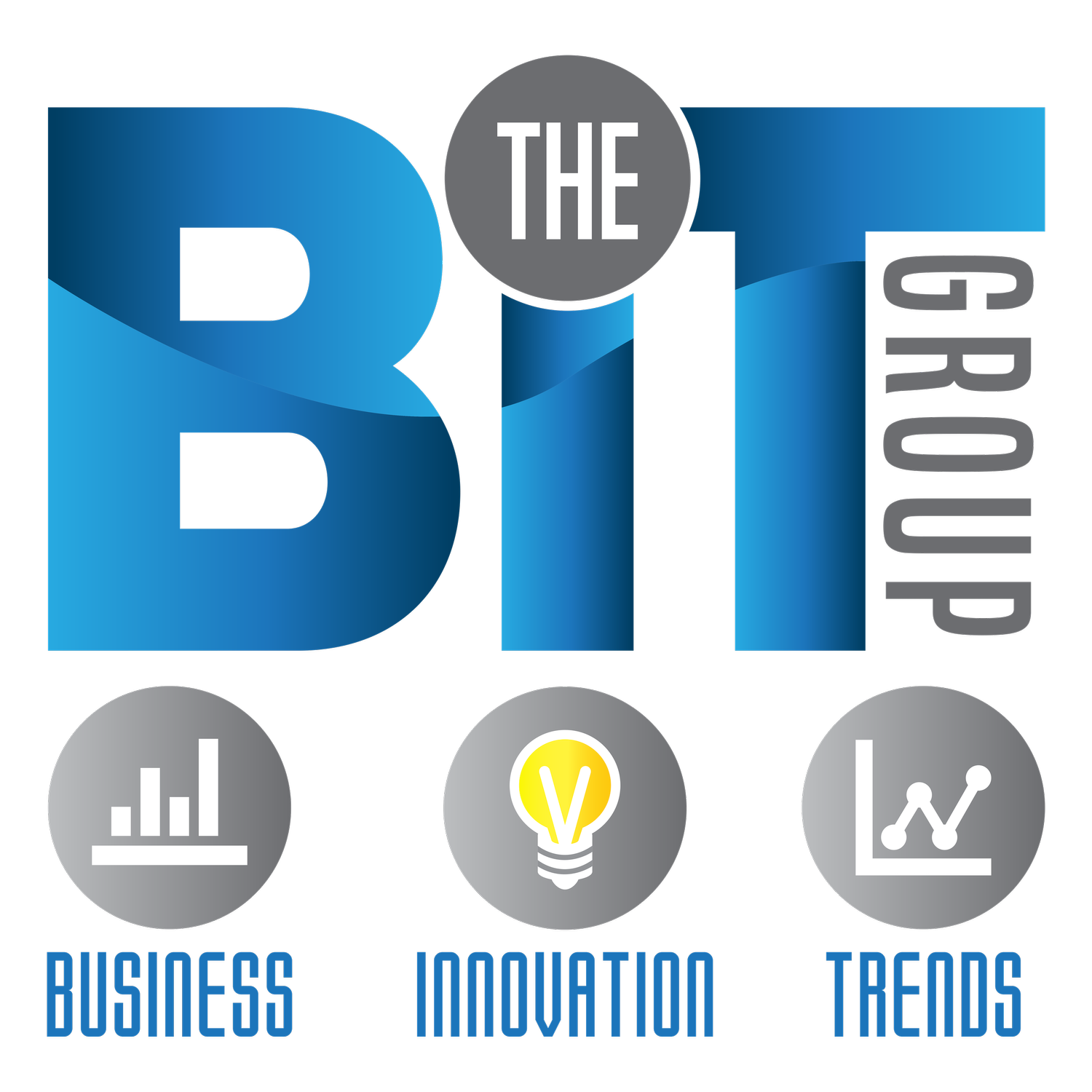About 25 years ago I started doing research and writing about innovators and entrepreneurs who had repeatedly been successful. I was interested in how they sustain innovation over time, not just as a one-hit wonder. In the course of this project I stumbled upon an unexpected, common characteristic they shared: they took analogies and metaphors literally. This enabled them to form some odd couplings and creative inventions, ranging from making an industrial solvent into “Kitty Litter” to a “talking typewriter” that eventually became a smart phone.
In the world of business a common analogy at that time was matching “cycles”, “sets” and “waves” to economic activity. One day I had an epiphany: why not take that analogy literally and seek out those who are the subject matter experts on waves? I chose two: physicists and surfers! I started talking to both and found conventional wisdom on waves from the physicists, and unconventional wisdom on waves from the surfers. Taken together I gained new insights into the world of work.
In 1991, in my New York Times bestseller, If it ain’t broke…BREAK IT!, amidst dozens of other topics, I wrote a few pages about seven “Surfer’s Rules”, and moved on. I received occasional comments about The Surfer’s Rules and in 1998 I was asked to do a short video feature to explain them further as part of a four-video package of training materials on innovation. To my surprise, the royalties on The Surfer’s Rules video was quadruple the combined total of the other three. I could see there was a broad audience for them, but I still did not see the depth of wisdom in the Rules and their direct application to being an entrepreneur.
Between 1998 and early 2014 I wrote three other books, all concerning aspects of innovation, change, leadership and strategy. In none did I mention The Surfer’s Rules, as I still was evolving in my own understanding of them. In late 2104, I expanded a section of my latest innovation-training program, Innovating for Results, to include a long segment on The Surfer’s Rules as a strategic planning tool.
In 2015, I contacted my literary agent, John Willig, with an idea about an ambitious, data-driven book that summarized my 25 years of research on innovation. I developed a book proposal in which one of the chapters revolved around the Rules. The proposal was sent around to a half dozen publishers and generated some interest immediately. But one editor, Stephen Power at the American Management Association (AMACOM books) contacted John immediately.
Stephen had an idea: Might there actually be a book that could come from The Surfer’s Rules per se? Stephen was interested in targeting young entrepreneurs, start-ups and innovators and saw something unique and special in the juxtaposition of surfing and business. He contacted John, John asked me what I thought about the idea and after I had a talk with Stephen I decided to give it some thought.
By this point I knew that my real interest in the surfing community had shifted to the small, elite group of athletes who rode Big Waves. Having talked to many of them over several years, I knew that the Big Wave surfers were a breed apart: prepared, focused, patient, creative and courageous. As such, their traits mirrored my research findings of successful, serial entrepreneurs and innovators.
So I wrote a new proposal for a totally different book and audience. John looked at the new proposal and liked it. Stephen looked at it and liked it too, not only offering a contract almost immediately but even proposing a title: “Make Your Own Wave.” I knew immediately that he “got it,” he understood the power of this analogy that linked Big Wave riders and entrepreneurs. He also understood the depth of insight these elite athletes could offer readers. I signed the contract, added an “s” to the title to reflect the ability to repeatedly succeed, and Make Your Own Waves was born.
In writing the book, the starring role played by Big Wave surfers led me to immerse myself in that world. The deep dive helped me to evolve and modify the original seven Rules into the ten Surfer’s Rules that form the book. The more I researched the better the analogy fit and I then realized that there was a natural chronology or cycle to the Rules. The first four chapters (Learn to Swim; Get Wet; Decide to Ride, Always Look “Outside”) address the hard work to be done before even trying to ride a wave. The middle three chapters focus on the rides, wipeouts and determination to get up after set backs (Commit. Charge. Shred.; Paddle Back Out; Never Turn Your Back on the Ocean). And the last three chapters examine how important it is to not rest on your laurels, to collaborate and to stay passionate about what you do (Dare BIG!; Never Surf Alone; Stay Stoked!).
Today’s business opportunities—and challenges – are enormous. They roll in at high speed, in sets and intervals that mirror the ocean’s cycles. The size of the opportunity is dictated by trends, technology, market savvy and hard work. With the unconventional wisdom of Big Wave surfers in their toolbox, innovators and entrepreneurs will be better prepared to make their own waves. Where there’s a will, there’s a WAVE.

